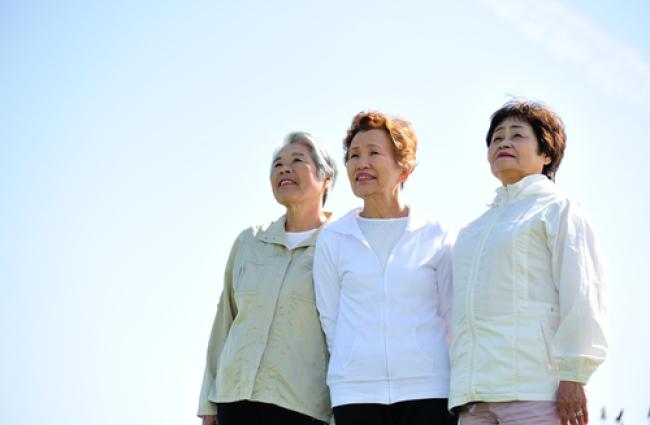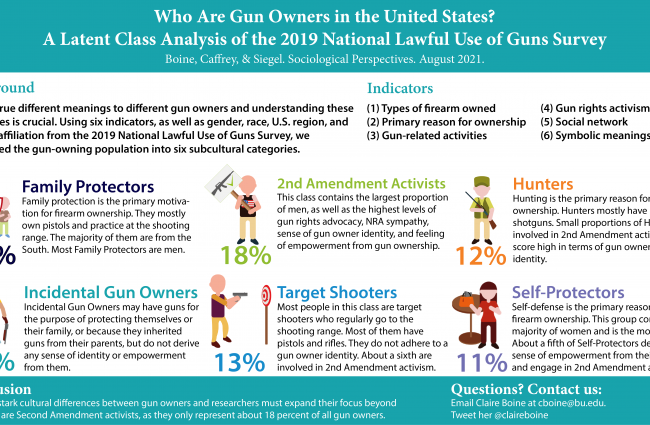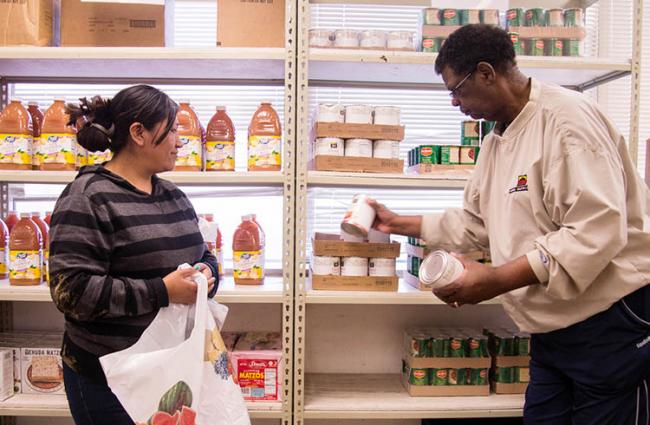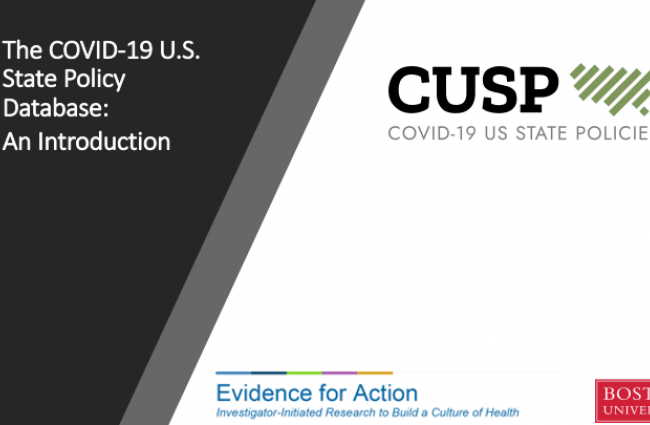Evidence for Action (E4A) funds research evaluating the population health, wellbeing, and racial equity impacts of programs, policies, and practices. What We're Learning is a repository of media pieces, research articles, presentations, reports, and other materials highlighting E4A supported research and findings. Sort by topic or resource type.

Financial literacy is positively associated with life satisfaction, health, income, and other outcomes. However, the relationship between financial literacy and those outcomes can be more complex when age and gender are considered.




Exploring the impacts of various types of messaging (narratives, simple propolicy, and a combination of the two), the authors found that messages could backfire and inadvertently lead to a diminished support from state legislators.

Housing First, a supportive housing program, increased office-based care for psychiatric diagnoses, decreased emergency department visits, and increased access to prescription medication.


Impact of changes in the frequency of food pantry utilization on client food security and well‐being
When clients receive food assistance one month and then skip the following month, some might assume that this is because the food assistance has fulfilled its intended mission and that the household who did not show up to receive food is no longer in need of emergency assistance.

Shifting school start times to 8:30 am or later for middle/high school students is a critical health policy that can quickly and effectively address significant adolescent sleep debt, with minimal impact on younger students, who often are required to start earlier in order to accommodate later se

Weatherization improves self-reported health and saves families money.

Weatherization programs could be improved by expanding eligibility for inclusion beyond income and by collaborating with the healthcare and public health sectors to identify those households most in need of their services.
